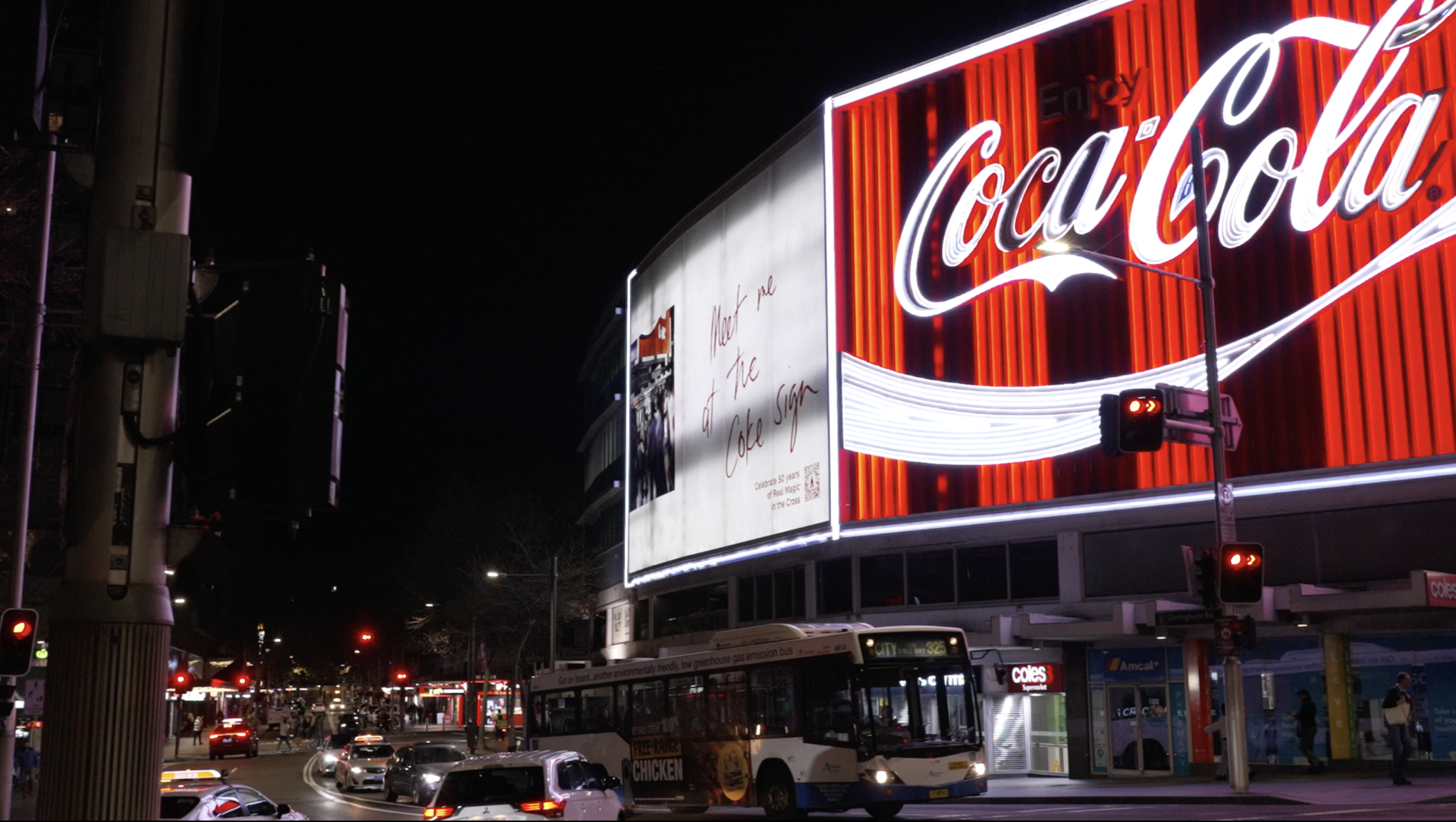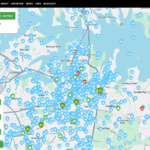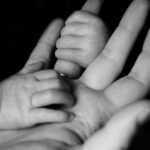The historic agreement between the Commonwealth and states to fully fund government schools, while welcomed, will not provide a quick fix for decades of underfunding, experts have warned.
The Better and Fairer Schools Agreement (BFSA) will guarantee federal funding of the Schooling Resource Standard (SRS) of 25 per cent, making up any shortfall across different states, which previously committed to funding of up to 80 per cent, but had a provision to decrease funding by 4 per cent.
New South Wales and Queensland became the final two states to join the BFSA, last month. The deal will see the Commonwealth boost its funding contribution to New South Wales government schools by an estimated $4.8 billion.
The funding, however, will not take full effect until 2034, meaning substandard facilities, falling academic rates and teacher shortages are set to continue.
Rachel Wilson, professor of social impact at the University of Technology Sydney, said unequal funding across different schooling models would continue to disadvantage government school students for a decade.
“It’s going to affect a whole other cohort of students,” she told Central News.
“The new arrangement means that they will move to full schooling resource standard by 2034, which still seems a very long way away.
“[What] we’ve found since the (Gonski) agreement is systematic underfunding of government schools and systematic overfunding of non-government schools.”
Under the agreement, the Albanese government has agreed to a fairer funding system, helping government schools reach 100 per cent of the SRS, a key recommendation of the Gonski Review, released over a decade ago.
If all 716,000 independent school students moved to government schools tomorrow, the system would be overwhelmed and need billions in extra funding to accommodate them.
President of the NSW Teachers Federation, Henry Rajendra believes the deal is a step in the right direction and would be fundamental to increasing funding to NSW public schools from the current 91 per cent — a nine per cent shortfall.
“Once implemented, this additional funding is equivalent to a 20 per cent increase in teachers for our public schools,” he said.
“[Currently] 59.6 per cent of private schools in NSW now receive more combined government funding per student than comparable public schools.”
As part of the agreement, new funding arrangements have been established between the Commonwealth and states and territories.
Government schools will receive 25 per cent of their funding from the federal government – an increase for their previous 20 per cent contribution – with states and territories making up the other 75 per cent.
SRS funding for independent schools will remain the same, with the federal government providing 80 per cent and states and territories 20 per cent.
However, the NSW Teachers Federation argues independent and Catholic schools have been overfunded by both the federal and state governments, and the agreement will “finally addresses this inequity”.
The deal has also abolished the ability for states to reduce their SRS contributions through a 4 per cent provision on indirect school costs, a loophole many experts deemed was a key reason for the underfunding of government schools.
Previous funding arrangements during the Morrison government meant all jurisdictions expect for the ACT could claim up to 4 per cent of expenditures such as capital depreciation, operating expenses and school transport as part of their school funding share, in turn reducing their funding contribution towards the SRS for government schools.
A decade-long journey
Economist Adam Rorris is highly critical of previous funding arrangements established by the federal government in 2017 where SRS funding for government schools was set as an aspirational target.
A report by Rorris in 2023 estimated independent schools had been overfunded to the tune of over $800 million in recurrent funding.
Graham Catt, chief executive of Independent Schools Australia, however, has disputed claims SRS funding should be reduced for independent schools.
“If all 716,000 independent school students moved to government schools tomorrow, the system would be overwhelmed and need billions in extra funding to accommodate them,” he said.

Sydney Secondary College Balmain campus, an inner city government school. Photo: Sarah Goff-Tunks
Over the last year independent school enrolments nationwide outpaced government school enrolments by 3.3 per cent.
Wilson stressed that disparate funding between government and independent schools has caused concentrated disadvantage as parents become more inclined to send their child to an independent school.
“As public schools become less resourced, parents are put in situations where if they can afford to, they will choose to send their child to a school that is better resourced,” she said.
The increase of 25,418 enrolments in independent schools has heightened school segregation which Wilson believes has been compounded by the expansion of new housing developments, where “cash-strapped state governments are less able to fund the building of new schools”.
With parents facing limited choices of where to send their child to school, Wilson added they are “having to dig into their pockets to do that, and they’re often people who are not in a very strong financial position to do that.”
Since 2019, independent schools have consistently been found to have a lower student to teacher ratio, with 10.2 students to one teacher as of 2024.
Government schools have been faced with a higher student to teacher ratio of 12.7, with a 2018 OECD report citing these conditions are a result of government and disadvantaged schools unable to entice or retain higher quality teachers, as independent schools are able to offer higher salaries.
Wilson believes the independent sector has benefited as a result of government schools fixed salary arrangements.
“They’ve been soaking up proportionally more teachers. They are not only able to pay more, they’re able to hire more for their students,” said Wilson.
“We’re in teacher shortages, so this becomes a major challenge for underfunded schools and it’s a particular challenge for schools that are in regional and remote areas.
“The teachers in those schools are doing Herculean tasks.”
Despite funding criticisms, Catt said independent schools had a vital role in educating vulnerable students.
“The reality is that independent schools save the public system billions,” he added.
Impact of difference
Inequality between independent and government schools has been more broadly reflected in educational outcomes, where socioeconomic divides have increased the disparity between NAPLAN and HSC results.
The difference can be seen within the suburbs of Western Sydney where schools like Seven Hills High School are falling far behind the NAPLAN national average.
Data released by ACARA this year found Seven Hills High School year 9 students fell either close to or below the student average across reading, writing, spelling, grammar and numeracy in last year’s NAPLAN.
The divide in the school sector can be seen in independent schools like St Andrew’s Cathedral School where all year 9 students achieved well above the national average.

Lack of funding leading to run-down facilities. Photo: Sarah Goff-Tunks.
The starkest difference in the data between the schools was most prominent when it came to grammar schools, with a 116-point difference recorded.
Rajendra said government schools in NSW are educating “proportionally 2.6 times the number of students from low socio-educational advantage backgrounds compared to private schools”.
Wilson agreed concentrated disadvantage had made it “an increasingly difficult task to achieve academic outcomes”.
The trend continues when students reach the HSC.
In 2024, the majority of schools achieving the highest HSC success rates were independent (43 per cent) and selective (24 per cent) schools, according to Matrix Education.
Catt hoped the changes to funding would help in “lifting up all students, regardless of the school they attend, not tearing some down”.
The Coalition has vowed to match the new funding arrangement “dollar for dollar”, but Shadow Minister for Education Sarah Henderson criticised the Albanese government for not providing evidence or details on the bilateral agreements signed with the states.
When asked how the 2034 target would be achieved, a spokesperson for the NSW Department of Education told Central News: “A year-by-year breakdown will be made available when bilateral arrangements have been confirmed.”
Wilson said the target was achievable, but added: “It just depends on the level of commitment, and that involves politics.
“It shows a willingness to commit more heavily to working towards equity through openness and transparency, it’s definitely a great step forward.”
Main image of demountable classrooms at Sydney Secondary College Balmain campus by Sarah Goff-Tunks.




























